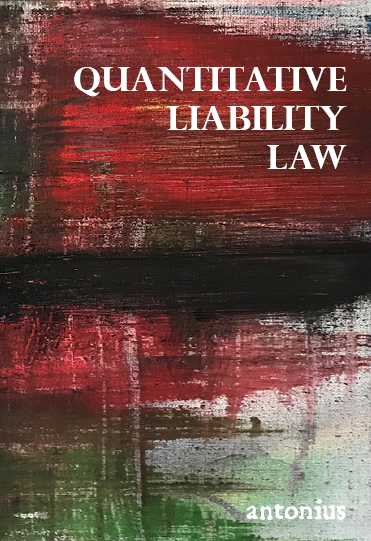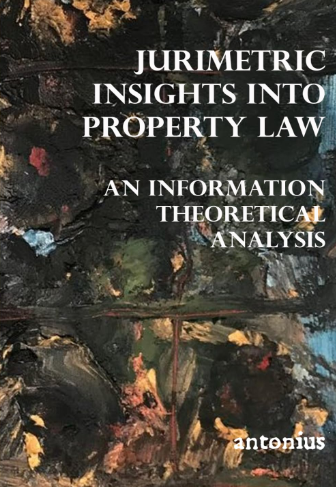
quantitative liability law: The Jurimetrics of Liability Law
This book on the jurimetrics of liability law delves into how mathematical methods, such as logic, set theory, graph theory, and probability theory and statistics, are employed to analyze the classification of actions as lawful or unlawful within a legal framework. It provides an examination of the foundational elements and workings of liability law rooted in legal theory. The book explores how liability law develops under different regimes and assesses the dynamic impact of society on legal structures. It also addresses how liability law adapts to society's tolerance for risk related to damages. Aimed at legal professionals and scholars of legal theory with an interest in jurimetrics, this book effectively bridges the divide between mathematical theory and practical legal application, offering new insights into the structure of law and justice.
Knop-

Titel dia
This book on jurimetrics in judicial decision-making explores how mathematical methods, including linear algebra, calculus, stochastic processes, and systems theory, can be applied to analyze judicial behaviors and case law. It offers a deep dive into the jurimetrical process, firmly anchored within legal theory. The book provides an exploration of how judicial systems operate under various regimes and examines the dynamic interactions among society, lawmakers, and the judiciary. It addresses the formation of case law rulings from both external societal viewpoints and internal legal perspectives. Additionally, the book discusses the use of reinforcement learning in judicial decision-making. Written for legal professionals and scholars of legal theory, this book bridges the gap between mathematical theory and concrete legal practice, offering fresh insights into the principles of the mathematics of jurisprudence.
Knop 
Titel dia
This book offers an introduction into jurimetric methods, showcasing the use of mathematical techniques in law and legal practice. It spans traditional applications and modern intersections with ICT, Artificial Intelligence, and legalTech. Many mathematical subfields such as logic, set theory, probability, network theory, and information theory are explored, with a focus on practical applications and developing a conceptual understanding. Each chapter wraps up with legally relevant review questions, the answers to which are conveniently located in the book’s appendix. Written as a practical compendium for implementing jurimetric methods in both research and real-world settings, this book could also serve as a valuable supplementary textbook at the university level.
Knop
Titel dia
This book delves into the innovative field of jurimetrics, elucidating how legal interventions can be explained and modeled using principles from Information Theory. Originally developed in the context of ICT, Information Theory examines information uncertainty and methods for measuring it.
Property law, in many ways, addresses a communication problem where uncertainty arises between the receiving and delivering parties during property transfers. This book introduces the legal community to key concepts from Information Theory, such as conditional entropy, mutual information, joint entropy, and information gain, and demonstrates how these concepts can be applied to understand and model legal interventions.
We examine how current legal interventions in Civil Property Law, aimed at realizing good faith, authority, determinability, and the ability to deliver, effectively serve to resolve information uncertainty. Furthermore, we introduce a conceptual jurimetrics model of property law, modeling the societal drivers of information uncertainty in property transfers and discussing the subsequent predicted impact of contemporary societal developments on property law.
By gaining a better understanding of these challenges, this book aims to enhance our comprehension of jurimetrics and its potential impact on legal science and practice, providing valuable insights for both academics and practitioners in the legal field.
Knop